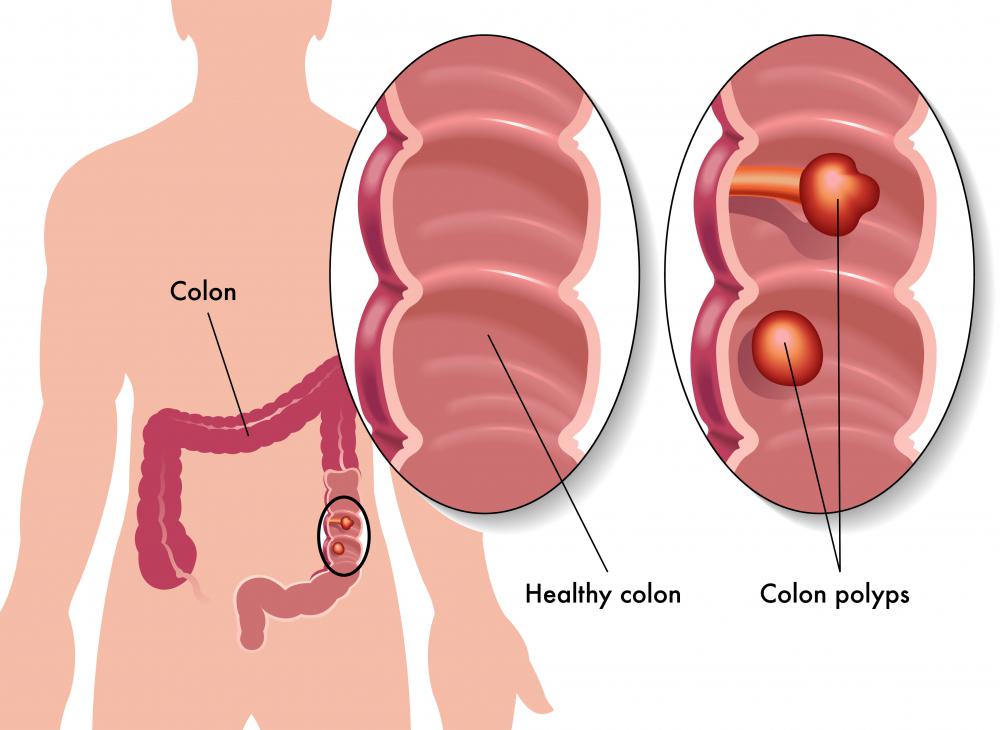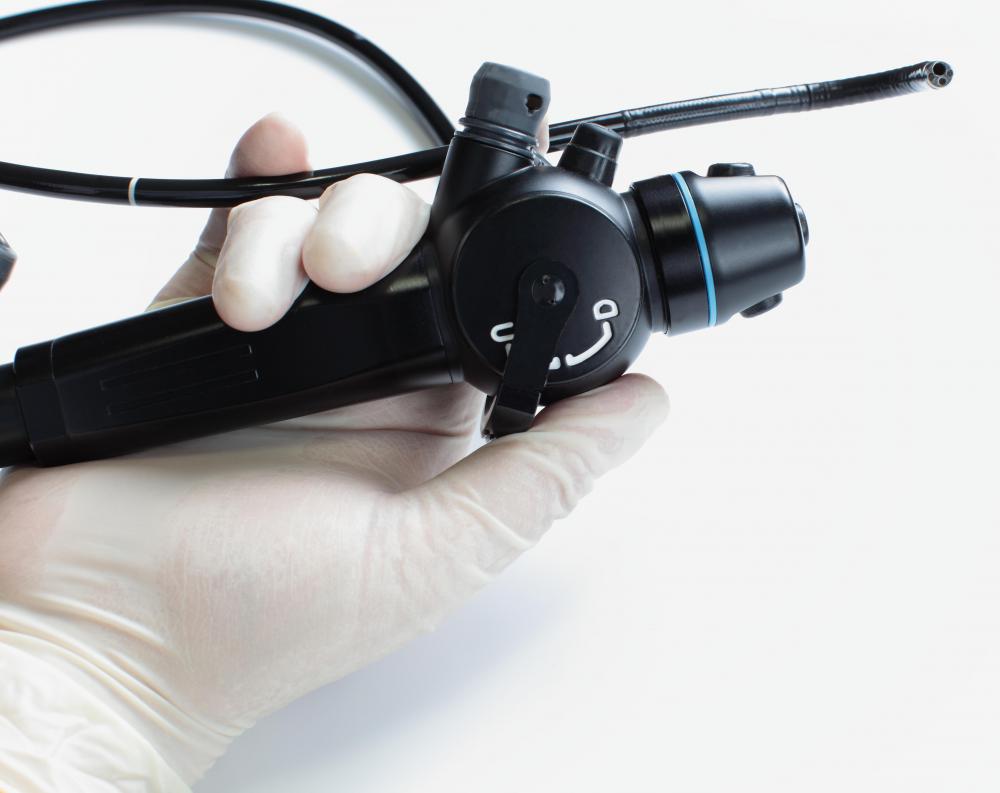At TheHealthBoard, we're committed to delivering accurate, trustworthy information. Our expert-authored content is rigorously fact-checked and sourced from credible authorities. Discover how we uphold the highest standards in providing you with reliable knowledge.
What Are Cold Forceps?
Cold forceps are used for doing biopsies during endoscopic examinations of gastrointestinal tracts, to snip tissues for examination in labs. Other uses for cold forceps include usage in colonoscopies for colon polyp retrievals for biopsy, and for snaring and removal of polyps. Some have been used in scopes to do internal surgeries when a patient is in too unstable a condition for heavy anesthetic but can tolerate a light anesthetic for a short period of time. There are a growing number of medical situations for which cold forceps are the preferred treatment method.
Cold biopsy forceps come in many styles and most can be used either with or without needles. Some have smooth cups and some have alligator jaws. Cold forceps come in differing diameters for differing sizes of endoscopy or colonoscopy scopes. Some are for multiple use and can be sterilized after each use and some are single use only. They come in a variety of working lengths.

In removing small colon polyps, many doctors prefer these forceps to snare and remove without having to use electrocautery, as this eliminates the polyps with low or no incidences of perforation or bleeding. As polypectomies have in three studies been shown to reduce incidences of colorectal cancer by 80%, more colonoscopists are learning the art of their removal. The removal of polyps over the size of 1/5 inch (5mm) are not recommended by cold or hot forceps, but electrocautery may sometimes be the only option for the larger ones.

In gastrointestinal endoscopies, doctors often take several biopsies for lab examinations for sign of infection, illness or early signs of cancers from the esophagus, stomach and then down into the duodenum, small intestine and colon. Any polyps encountered along the way are usually snared and removed by cold forceps. If the endoscopy is to see how prior treatments have affected these areas, more tissue samples may be gathered for testing in labs to determine the effectiveness of prior treatments, so that lab results can inform doctors of what further treatments they might want to consider. The reusable forceps are usually made of easy-to-clean materials for autoclave sterilization afterwards.
AS FEATURED ON:
AS FEATURED ON:















Discuss this Article
Post your comments